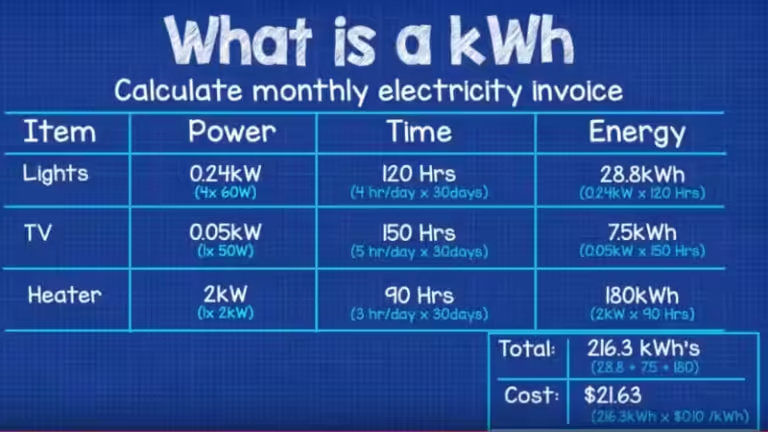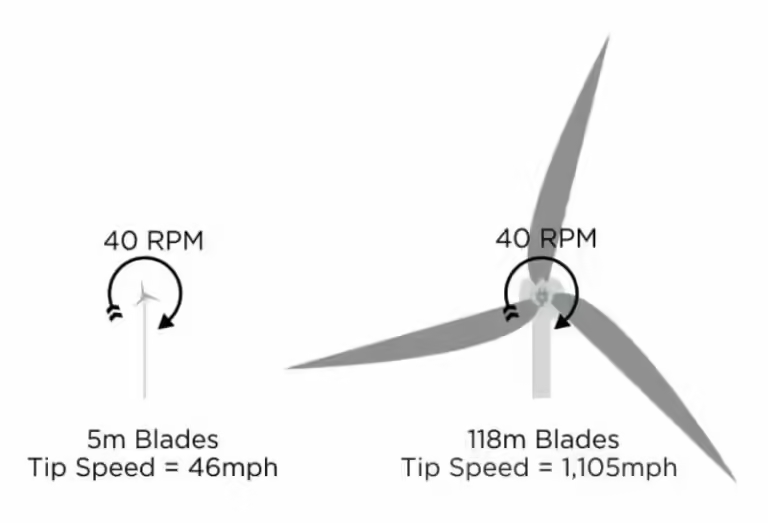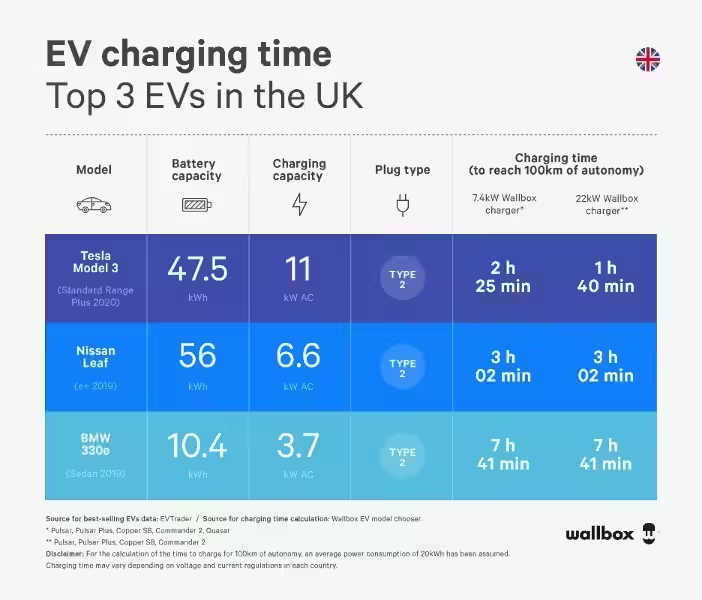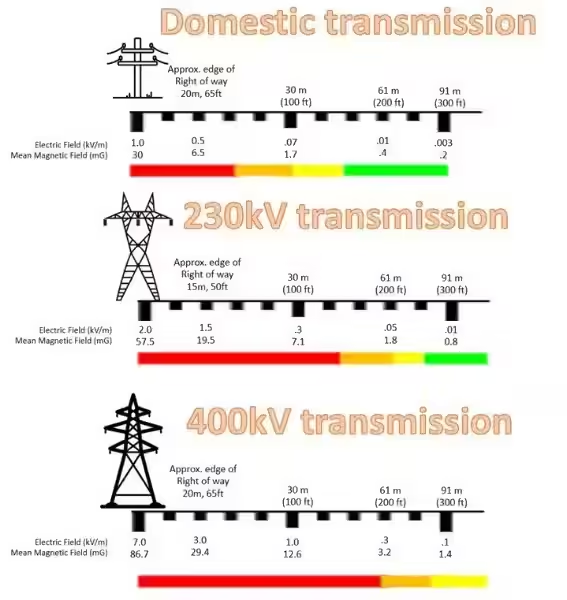Is Florida Bigger Than England? Unraveling the Mystery
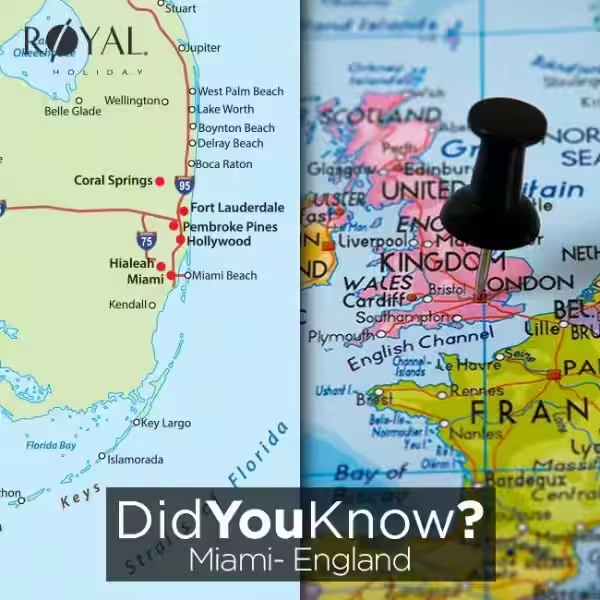
The question of whether Florida is bigger than England is a surprisingly common one, sparked by the way these landmasses are often portrayed on maps. While the answer might seem obvious at first glance, the reality is a bit more complex. To truly understand the size comparison, we need to dive into the world of map projections, geographic shapes, and the way our brains perceive visual information.
The Illusion of Size on Maps
The reason Florida often appears smaller than England on maps, despite having a similar land area, is primarily due to the way maps are projected onto a flat surface. This process, known as map projection, inevitably introduces distortions to the shapes and sizes of geographic features.
The Mercator Projection: A Major Culprit
One of the most common map projections, the Mercator projection, is designed to accurately represent shapes and directions. However, it comes at a cost: size distortion. This projection exaggerates the size of landmasses at higher latitudes, such as those in Europe, while shrinking those at lower latitudes, like Florida.
Distortion Near the Equator
The Mercator projection's distortion is most pronounced near the equator, making regions like Florida appear smaller than they truly are. This is because the projection stretches the map horizontally as it moves away from the equator, leading to an exaggerated sense of width for countries like England, which lie farther from the equator.
Beyond Map Projections: Geographic Shape and Visual Perception
Beyond the distortions introduced by map projections, the shape and location of Florida and England also contribute to the perceived size difference.
Longitude and the "Narrow" Illusion
The difference in longitude between the eastern and western edges of Florida is relatively small, making it appear narrow on maps. In contrast, England spans a much larger range of longitudes, giving it the appearance of greater width.
Florida's Elongated Shape
The elongated shape of Florida, stretching from north to south, further contributes to the perception of smaller size. Our brains tend to perceive elongated shapes as narrower than they actually are, especially when compared to more compact shapes like England.
Scale of the Map Matters
The scale of a map also plays a role in how large a region appears. A map showing the entire world will naturally depict Florida as smaller than a map focusing specifically on the southeastern United States. This is because the smaller scale on a world map necessitates a greater compression of landmasses, making Florida appear smaller in comparison to other regions.
Conclusion: Beyond the Visual
While maps offer a valuable tool for understanding geographic relationships, they are not perfect representations of the Earth. The distortions introduced by map projections, combined with our visual perception, can lead to inaccurate judgments about the size of different regions.
To accurately compare the size of Florida and England, we need to look beyond the visual cues on maps and consider the actual land area, which is roughly equivalent for both regions. So, while Florida may appear smaller on maps, it is, in fact, comparable in size to England.
Frequently Asked Questions
Is Florida bigger than England?
While it may seem like England is bigger on maps, Florida and England are actually very similar in land area. The perception of size difference is due to distortions in map projections and the shape of the regions.



